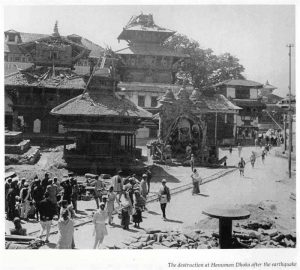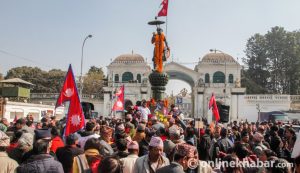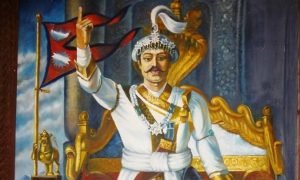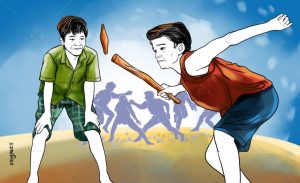
Scholarly, a social movement has been defined as an extra-institutional collective action with the purpose of propagating or denying a change. They are the ways of expressing grievances and concerns (sometimes extremely) about the practice of state about rights, welfare, and wellbeing through the means like street protests, Satyagraha, art, and various other creative forms like the recent fashion show in the #EnoughIsEnough movement.
Throughout the history of Nepal, there have been countless civil movements in which people exercised their power. Today, we look at the history of such movements that either promoted or resisted any changes.
Social movements during the medieval era
Not much has been written about social movements during the ancient and medieval eras when Malla kingdoms were flourishing in the Kathmandu valley. However, Rishikesh Shaha mentions of two or three incidents of people resisting the “despotic acts of the rulers” during the time of “King Sadasiva Malla of Kathmandu, King Jitamitra of Bhaktapur and his minister, the unfortunate Bhagirama”. Similarly, he mentions of people revolting during the time of King Mahendrashimha of Kathmandu and Patan when he appointed a Muslim as the chief minister, with such movement forcing the king to cancel the appointment.
Shaha also mentions of “Thimi’s action and popular clamour” when Ranajit Malla wished to nominate his illegitimate son as his successor, forcing him to apologise to people and drop the proposal. Moreover, Shaha argues that people’s reaction to the murder of King Visvajita Malla by a court official’s son is another example to prove that people were not “docile and unconcerned with the politics” during the time.
Social movement during the modern era
Like the medieval period, historical evidence provides little clue upon any civilian unrest during the early modern period after Prithvi Narayan Shah unified the kingdom. But, people in the western part of Nepal including Tanahun district did revolt against the confiscation of Birta lands given to Brahmins and Guthis in 1805-1806, popularly known as Baasaththi Haran.
Although society and politics are inter-related, very few historians have written upon the social unrest during the Rana period and have mostly covered political developments and political movements.
The Rana period
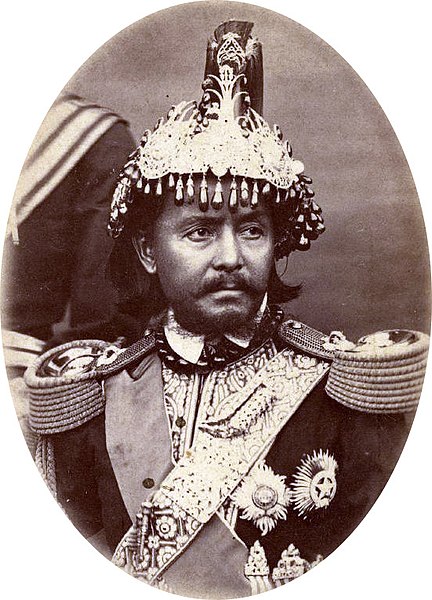
The century-long Rana period started in 1847 when Bir Narshingh Kuwar, who adopted the name of Jung Bahadur Rana, seized political power after the Kot Massacre and was declared Mukhtiyar or Prime Minister shortly afterwards. During this time, the kings became more ceremonial while the Ranas became the de facto rulers of the country. Ranas were oppressive as they were more interested in securing their status quo and had invested little in health and education, exploiting the people and economy.
The sparks of anti-Rana movements started with the coronation of King Tribhuvan in 1911. It was the time when the political consciousness of the people was growing, inspired by similar movements against the British rule in India. Gorkhali, a Nepali newspaper published from Banaras, fuelled the anti-Rana feelings when it became one of the first newspapers to boldly criticise the policies of Rana regime, demanding political rights for the people. The paper was later banned in 1922.
Sukraraj Shastri established a new organisation called Nagarik Adhikar Samiti which used to overtly organise religious meetings but covertly aimed to throw light upon the autocratic rule. Realising that normal social meetings were not feasible, a secret organisation called Prachanda Gorkha was established in 1931 to pursue underground revolt. But, the revolt failed when key members of the organisation were captured and imprisoned.
A similar organisation named Praja Parishad was established which included members of various castes and ethnic groups, notably Tanka Prasad Acharya, Dashrath Chand, Ram Hari Sharma, and Dharmabhakta Mathema. As Mathema was the physical instructor of the king, the king was updated about the movements. However, Praja Parishad also failed when its members were captured and many of them executed between 1940 and 1941, including Dasharath Chand, Dharmabhakta Mathema, Shukraraj Shastri and Gangalal Shrestha.
Meanwhile, the Nepalis exiled in India started anti-Rana activities despite the strict watch of the British government. An organisation titled Gorkha League was founded by Thakur Chandan Singh in Dehradun in 1921 which would publish a paper titled Gorkha Sansar (called Tarun Gorkha later), highlighting the conditions of Nepalis and the tyrannical rule of the Ranas. Having realised that the British government in India supporting the Rana rulers immensely, many Nepalis joined the anti-British movements in India in 1942.
The 1951 revolution
In 1947, two political parties set up by the exiled Nepalis in India, All India Nepali National Congress and All India Gorkhali Congress, came together to form a mass political party called National Nepali Congress in Calcutta, electing Tanka Prasad Acharya as the president and BP Koirala as the acting president. The party participated in a labour strike in Biratnagar Jute Mill in March 1947. Inspired by Indian counterparts, they organised the civil disobedience movement the April of the same year. Later in May, the then Prime Minister Mohan Shamsher promised to associate commoners in the administration in a meaningful way and announced some reforms. The party halted the movement for the time being. In 1948, a draft of Nepal’s first constitution was written by a team of constitutional advisors for Mohan Shamsher.
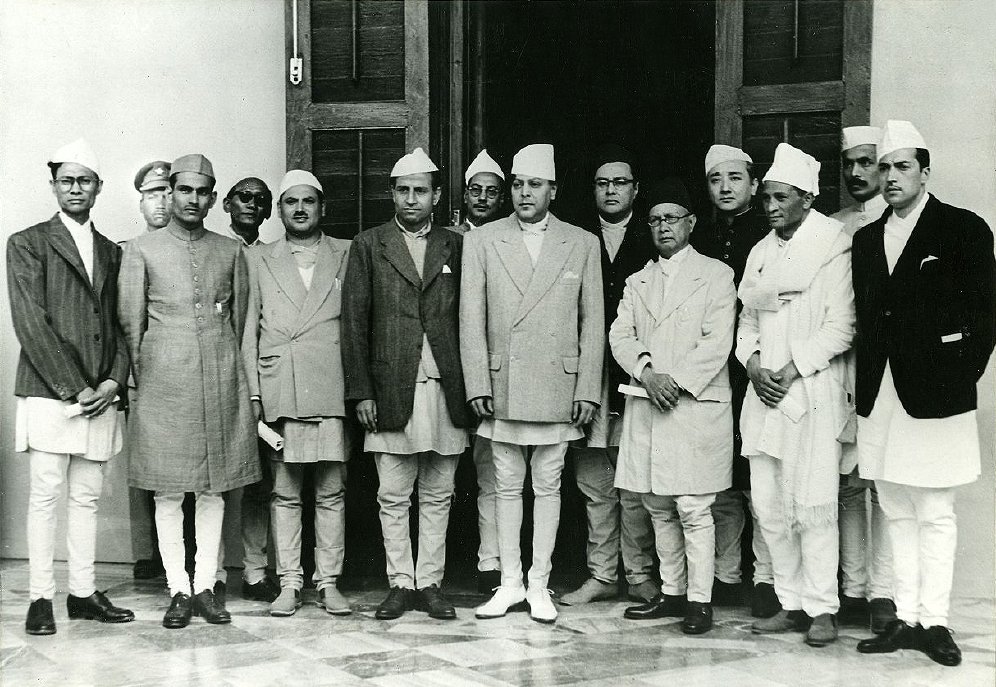
However, the situations changed when a new political party called Nepal Praja Panchayat was established, and it demanded the implementation of the 1948 constitution. The demand was denied, and the party was subsequently banned. But still, it organised a Satyagraha campaign with hundreds of people participating. The Congress, alongside, decided to launch a non-violent protest for political rights. BP Koirala and his colleagues sat in a hunger strike for 21 days in jail. In 1950, the Nepali Congress, which was formed by merging the National Nepali Congress and Nepali Democratic Congress, decided to wage a violent protest against the regime.
King Tribhuvan, along with his family members left the palace and took asylum in the Indian Embassy and later departed for India after four days. The event reignited the movement as Nepali Congress announced armed conflict throughout the country while KI Singh’s Mukti Sena disrupted the administration in various places. Mohan Shamsher had tried to bring the king back unsuccessfully and thus had declared and held the coronation of Gyanendra, the second grandson of Tribhuvan as the new king. However, he was constantly pressurised by the Indian government to agree to the demands.
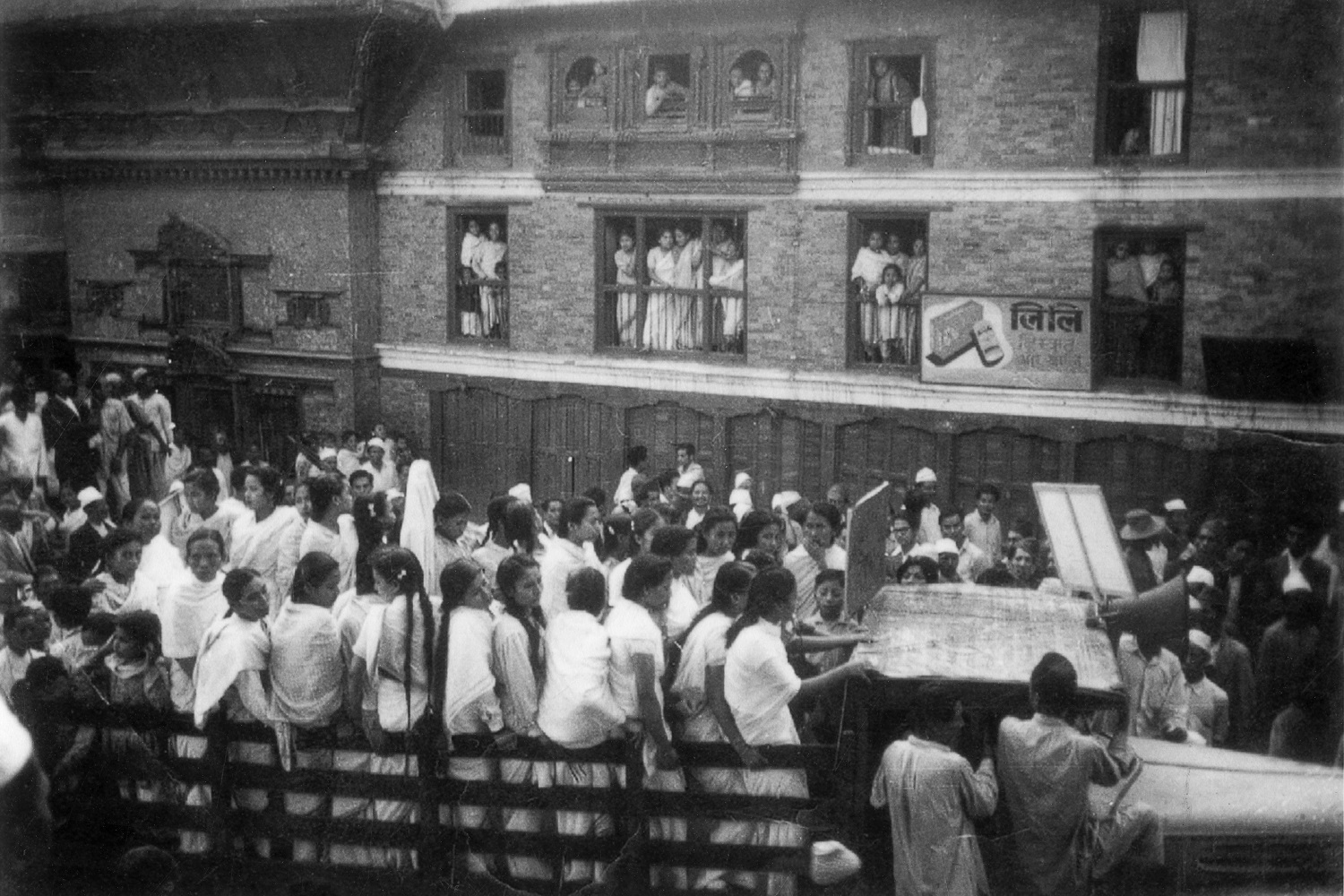
Prime Minister Mohan Shamsher agreed to fulfil the demands of the movement and issued a statement that the election of the Constituent Assembly would be held before 1952 and an interim cabinet would be formed that would include Ranas and the people’s representative in an equal faction. On February 12, 1951, a tripartite meeting was held in New Delhi between the king, the members of the Congress, and the Ranas, which agreed upon a 10-member cabinet to be led by Mohan Shamsher while the king Tribhuvan to be recognised as the constitutional head.
After the successful meeting, king Tribhuvan returned to Kathmandu and declared that people would be governed by a new democratic process under a new constitution made by an elected constituent assembly in the near future. That is how the social movement, popularly known as ‘Saat Saalko Kranti’, ended the 104-year-long oligarchic Rana regime.
The aftermath
For the first time in Nepal, the issue of peasants was on the rise in the Nepali politics during the 1951 revolution, but it was raised mostly by the elites, most of whom were banished by, or dissatisfied with the Rana regime. The powers and rights were promised to the people through the election of the constituent assembly by King Tribhuvan in his historical 1951 speech. However, the power, which was monopolised by the Ranas was transferred to the king, and the palace was fearful of losing a significant amount of power after the constituent assembly. King Tribhuvan had declared in January 1954 that the ‘supreme power in every sphere vests solely to’ the king, which was the expression of undermining the democratic development.
Nepal, nonetheless, was going through a process of socio-political changes and restructuring after the 1950 revolution, although it took a significant time for the stability of the governments formed afterwards. King Mahendra ascended to the throne after his father, King Tribhuvan, died in 1955. Mahendra did not want to continue the democratic experiments either and, therefore, ignored and stalled the mandate of the constituent assembly. However, because of the rise of the popularity of the Nepali Congress and the international pressure, he held elections in February 1959 but promulgated a new constitution before one week of the election that bestowed his control over the national assembly and the government.
Nepali Congress won the first-ever election of Nepal by the vast majority and BP Koirala became the first elected Prime Minister and the government brought significant structural changes: it introduced the first five-year development programme focusing upon health, education, agriculture, resettlement programmes, transportation among others, the commoners’ issues which were neglected in the Rana regime. Despite uncertainties, the government looked to democratise the polities and sought egalitarian reforms, while a new bureaucratic system was incorporated.






